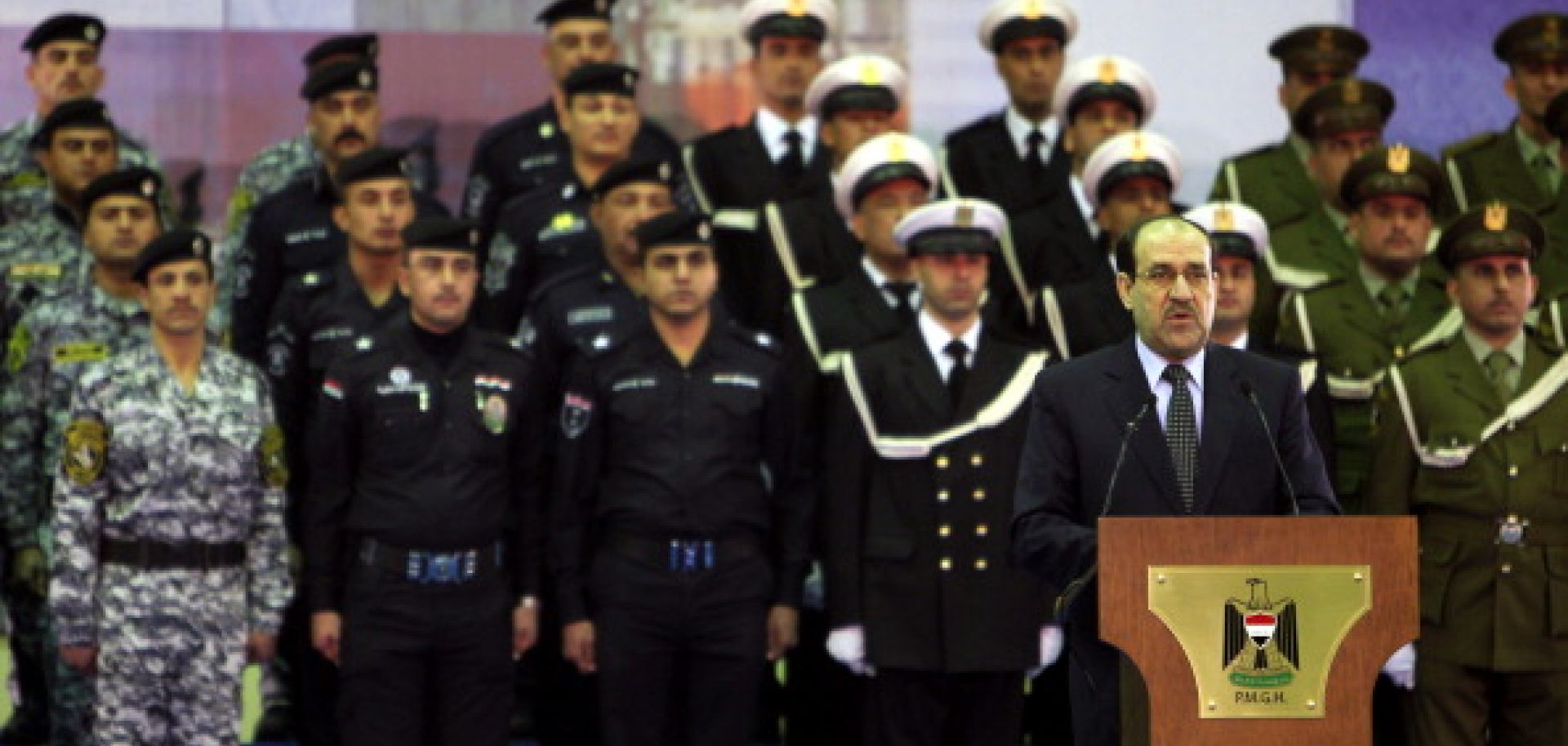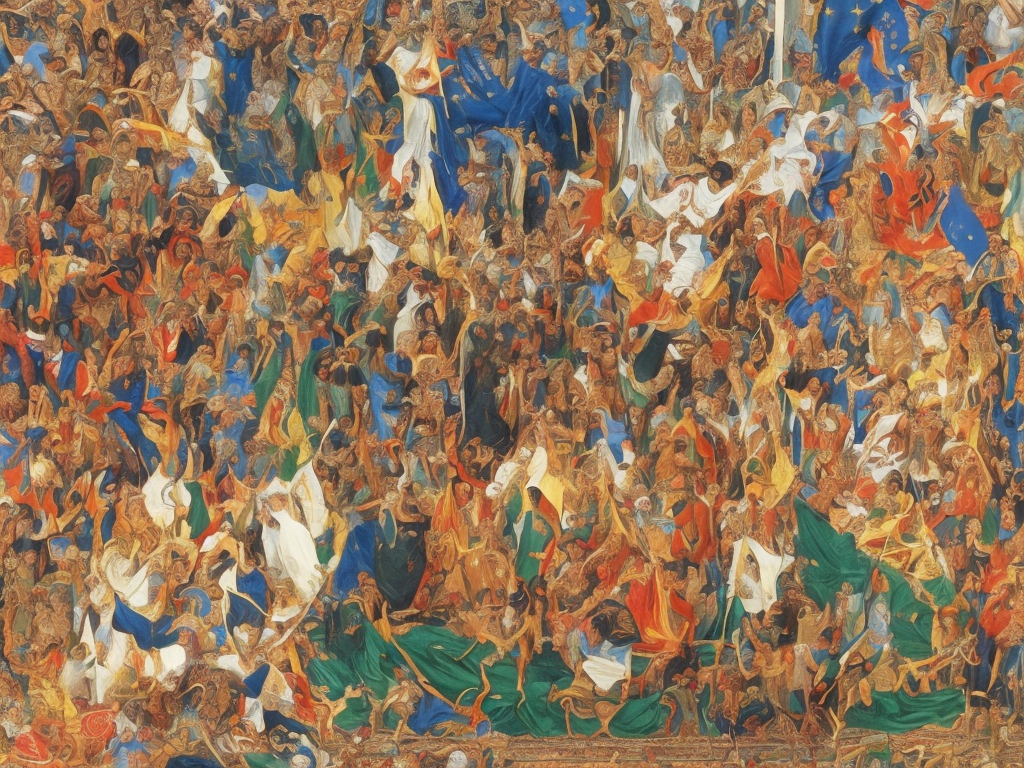Iran's faith story is a deeply interesting one, shaped by centuries of shifts and changes. It's a land where one branch of Islam, Shia, holds a prominent place, yet other groups, including Sunni Muslims, have their own important roles and histories. So, how did this all come to be?
For a long, long time, Iran was mostly a Sunni Muslim country. But then, a big change happened, altering its religious path forever. This transformation, you know, reshaped not just the faith picture but also the way Iran interacted with its neighbors and how its own people lived their daily lives.
This shift, which brought Shia Islam to the forefront, has created a unique cultural fabric and, in some respects, has shaped Iran's connections on the global stage. We'll look at how these different paths of belief have played out over time, and what that means for the country now.
Table of Contents
- How Did Iran Become a Shia Heart?
- The Big Shift - Shia and Sunni Faiths in Iran's Past
- What Does This Mean for Iran Today?
- Iran's Connections - Shia and Sunni Dynamics Beyond Borders
- Are There Still Sunni Communities in Iran?
- Living Together - Shia and Sunni Communities Within Iran
- What About the Current Situation for Shia and Sunni Groups in Iran?
- Voices From the Ground - Shia and Sunni Roles in Modern Iran
How Did Iran Become a Shia Heart?
For most of its history as an Islamic nation, the area we now call Iran had a majority of Sunni believers. That's right, it wasn't always the Shia-dominant place we think of today. This historical fact is, perhaps, a bit surprising to some.
Then, a group known as the Safavids came into power in the early 1500s. They really changed things. Unlike some other Shia groups before them, the Safavids managed to permanently alter the religious picture of the area. This was a very big deal, you know, a shift that would echo for centuries.
Shah Ismail I, a Safavid leader, took control of Iran around 1500. He started a process of converting Sunni Muslims to Shia Islam, and sadly, some Sunnis were killed during this time. This was a forced change, so, it was not a peaceful transition for everyone.
Initially, there was a real shortage of Shia religious teachers in what was, at that point, mostly a Sunni land. Over the next few decades, however, a lot of Shia teachers and thinkers came into Iran from places like southern Lebanon, Bahrain, and Karbala. They came to teach the Shia faith to those who had recently converted, helping to solidify the new religious direction.
The Safavids worked very hard to make Twelver Shia Islam the official state religion. This effort marked a massive change in the region's religious and political way of being. Over two hundred years, their actions, their ways of doing things, and their connections with others transformed Iran from a place that was mostly Sunni into the central area for Shia Islam. It was, in a way, a complete reshaping of identity.
The Big Shift - Shia and Sunni Faiths in Iran's Past
While Sunni Islam was the main belief in the bigger cities, Shia communities did exist in certain areas. For example, in regions like Gilan, Mazandaran, and Khorasan, people followed different Shia traditions, like Twelver, Zaydi, or Ismaili. So, it's not like Shia was completely new to the land, just not the main current, more or less a quiet presence in some corners.
This shift, from a Sunni stronghold to the central area of Shia Islam, was truly driven by important historical events. The rise of the Safavid family and a period sometimes called the Islamic Golden Age really played a part in this. It was, you know, a combination of political will and cultural growth.
What Does This Mean for Iran Today?
Iran's mostly Shia nature has, in a way, made its relationships with nearby countries a bit more involved throughout history. In places where Sunni Islam is the main belief, Iran has sometimes found itself somewhat isolated. This can be, you know, a challenge for diplomatic connections.
Yet, Iran actively builds strong connections with countries that have significant Shia populations. Places like Yemen and Lebanon are good examples. They work together, you know, based on their shared religious background, fostering collaborative relationships.
The fact that Shia Muslims form the majority in Iran deeply affects its way of life, its rules within the country, and its general direction. This majority shapes, you know, domestic policies and cultural expressions quite profoundly.
Iran's Connections - Shia and Sunni Dynamics Beyond Borders
The Islamic Revolution in Iran, which happened in 1979 and brought Shia leaders to power, along with the reaction from Sunni groups, has created a sort of competition for influence in the region. This has, basically, reshaped many political alliances.
Two countries that aim for leadership in the Islamic world, Sunni Saudi Arabia and Shia Iran, have used this split between the groups to further their own goals. It's almost like, you know, a long-standing rivalry playing out on a bigger stage.
In 1979, the Islamic Revolution in Iran gave rise to a very strong form of Shia Islam. This would, in the years that followed, clash quite strongly with conservative Sunni groups in Saudi Arabia and other places. It was, essentially, a new chapter in regional tensions.
Are There Still Sunni Communities in Iran?
While Iran is mostly Shia Muslim, it definitely has Sunni communities. These groups are often found near its borders with countries like Iraq and Pakistan. So, their presence is, you know, particularly noticeable in certain geographical areas.
Most Sunni Muslims in Iran are from groups like Turkmen, Arabs, Baluch, and Kurds. They live in different parts of the country, like the northeast, southwest, southeast, and northwest provinces, respectively. This shows, you know, a diverse makeup within the Sunni population.
For example, West Azarbaijan, a province in the country's northwest, has a population that is 42 percent Sunni. So, it's not a small number in some areas, actually representing a significant portion of the local population.
Living Together - Shia and Sunni Communities Within Iran
Important Shia religious places in Iran include the Imam Reza shrine in Mashhad and the Shah Cheragh in Shiraz. These are very important destinations for Muslims on their spiritual journeys, drawing many visitors each year. They are, you know, places of great spiritual significance.
When we look at how many people can read and write, there isn't really a big difference between areas that are mostly Shia and those that are mostly Sunni. This suggests, you know, that access to education might be pretty similar for both groups, which is a good thing.
What About the Current Situation for Shia and Sunni Groups in Iran?
After years of not having enough representation and facing pressure from the government, Iran's Sunni population is playing an important part in the protests happening now. This shows, you know, a desire for their voices to be heard and their concerns to be addressed.
Voices From the Ground - Shia and Sunni Roles in Modern Iran
Shia and Sunni Islam are the two main branches of the Islamic faith. Shia Muslims make up the majority in countries such as Iran, Iraq, Bahrain, and Azerbaijan. Sunni Muslims, on the other hand, are the majority in places like Saudi Arabia, Egypt, Turkey, and Indonesia. This gives you a broader picture of where each group is more prevalent, showing, you know, a global distribution.
Government numbers estimate Iran's population at 86.8 million people in mid-2022. According to these same government estimates, Muslims make up 99.4 percent of the population. Of these, about 90 to 95 percent are Shia, and 5 to 10 percent are Sunni. The remaining 0.6 percent are other religious groups, including 0.3 percent Zoroastrian, Jewish, or something else. These figures give a clear picture of the religious makeup, basically outlining the country's faith demographics.
Related Resources:



Detail Author:
- Name : Prof. Blanche Lehner
- Username : kerluke.ali
- Email : lockman.dianna@hotmail.com
- Birthdate : 1992-11-11
- Address : 28612 Katherine Island East Destinee, RI 63369
- Phone : +1.205.863.7222
- Company : Kuhlman, Zieme and Bode
- Job : Probation Officers and Correctional Treatment Specialist
- Bio : Qui similique sed soluta fugit. Quos neque esse quo odit. Eum consequatur voluptatem earum aliquam soluta.
Socials
instagram:
- url : https://instagram.com/andreane_rempel
- username : andreane_rempel
- bio : Beatae et ab qui et labore. Laborum et nihil vero excepturi asperiores ducimus harum.
- followers : 4862
- following : 2097
tiktok:
- url : https://tiktok.com/@andreane_rempel
- username : andreane_rempel
- bio : Quidem quis laborum earum molestiae.
- followers : 863
- following : 1620
twitter:
- url : https://twitter.com/andreanerempel
- username : andreanerempel
- bio : Aut itaque consectetur et non inventore. Non architecto nam eveniet dolores voluptatem odio repudiandae.
- followers : 4195
- following : 228
linkedin:
- url : https://linkedin.com/in/rempela
- username : rempela
- bio : Vel velit distinctio qui et aperiam.
- followers : 2168
- following : 1766
facebook:
- url : https://facebook.com/andreane.rempel
- username : andreane.rempel
- bio : Omnis tempora quia totam. A et quis id harum ut ipsum illo.
- followers : 2960
- following : 506